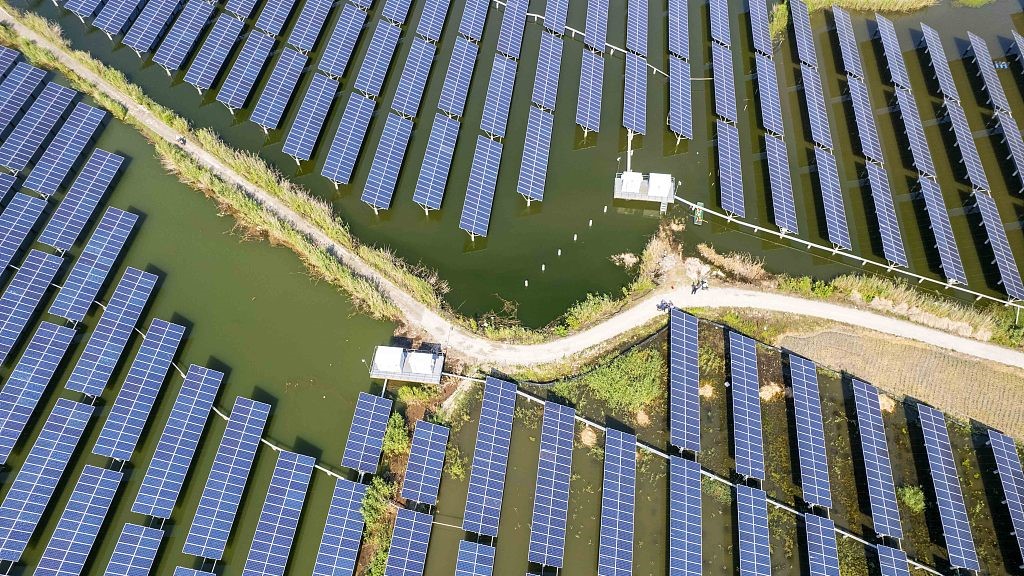The global market for commercial seaweeds estimated near $18 billion in 2022, is projected to reach $35 billion by 2030, growing at a CAGR of 8 percent over the analysis period 2022-2030. The Commercial Seaweeds market in the U.S. is estimated $5 billion in 2022. Seaweed is much more nutrient dense than any land vegetables. It is an excellent source of micronutrients including folate, calcium, magnesium, zinc, iron, and selenium. More importantly, seaweed is a great source of iodine. Seaweed is essential to marine life. It provides food and shelter for many organisms and is a vital component of a healthy aquaculture, according to the NAS.
Scott Spillias from the University of Queensland’s School of Earth and Environmental Science, collaborated with researchers from the University of Queensland, IIASA, CSIRO, and the University of Tasmania to investigate whether seaweed offered a sustainable alternative to land-based agricultural expansion to meet the world’s growing need for food and materials.
Scott Spillias said “Seaweed has great commercial and environmental potential as a nutritious food and a building block for commercial products including animal feed, plastics, fibers, diesel and ethanol,” he explains. “Our study found that expanding seaweed farming could help reduce demand for crops on land and reduce global agricultural greenhouse gas emissions (GHG) by up to 2.6 billion tonnes of CO2-equivalent per year.”
The researchers mapped the potential of farming more of the 34 commercially important seaweed species using the IIASA Global Biosphere Management Model (GLOBIOM). They estimated the environmental benefits of a range of scenarios based on land-use changes, GHG emissions, water and fertilizer use, and projected changes in species presence by 2050.
“In one scenario where we substituted 10% of human diets globally with seaweed products, the development of 110 million hectares of land for farming could be prevented,” Spillias says. “We also identified millions of available hectares of ocean within global exclusive economic zones (EEZs) – in other words, an area of the sea in which a sovereign state has special rights regarding the exploration and use of marine resources, including energy production from water and wind – where farming could be developed.”
The largest share of suitable ocean was in the Indonesian EEZ, where up to 114 million hectares is estimated to be suitable for seaweed farming. The Australian EEZ also shows great potential and species diversity, with at least 22 commercially viable species and an estimated 75 million hectares of ocean being suitable.
Spillias further said that many native species of seaweed in Australian waters had not yet been studied from a commercial production perspective.
“The way I like to look at this is to think about ancestral versions of everyday crops – like corn and wheat, which were uninspiring, weedy things,” he notes. “Through thousands of years of breeding we have developed the staple crops that underpin modern societies and seaweed could very well hold similar potential in the future.”
“This study uniquely highlights the need for integrated strategies bringing together terrestrial and marine ecosystems management to address some of the mounting problems of global sustainability facing us, as well as to avoid displacing problems from the land to the ocean, and vice versa,” concludes Petr Havlík, Interim Director of the IIASA Biodiversity and Natural Resources Program.
“Today, one of the greatest world issues is that people around the world are a experiencing the impacts of climate change, from severe droughts , devastating wildfires , flooding, storm and hurricane. Across the world in air, land and sea, natural habitats are deteriorating. We are losing biodiversity at an alarming rate and destabilising precious ecosystems”. Albanian Minerals CEO Sahit Muja said.
Albanian Minerals holds and have discovered hundreds of billions of tons of this mineral globally, world’s highest grade magnesium olivine enough and fully capable on capture 100% of all carbon dioxide worldwide. This new technology under development is very cheap, scalable, and permanent.
The green Magnesium mineral Olivine is now considered one of the finest eco-friendly building block on new world capable of removing 1 trillion tons of CO2 from the atmosphere.
According to Vesta; When olivine dissolves in water, it drives the below reaction to the right, thus increasing CO2 uptake, increasing pH, and generating alkalinity. As a result, this process has the potential co-benefit of counteracting ocean acidification.
Ocean acidification is the process by which increasing atmospheric CO2 dissolves in seawater, which reduces pH (increasing acidity) (upper reaction in diagram below). This reduces the ability of calcifying organisms like corals to grow and produce exoskeletons, or shells. As you can see below, dissolving olivine in water sequesters hydrogen ions into dissolved silicate (H4SiO4), a molecule that can be used by diatoms, an important photosynthesizing algae that fixes carbon dioxide and forms the base of food web.
Discover more from Green Innovation News
Subscribe to get the latest posts sent to your email.





